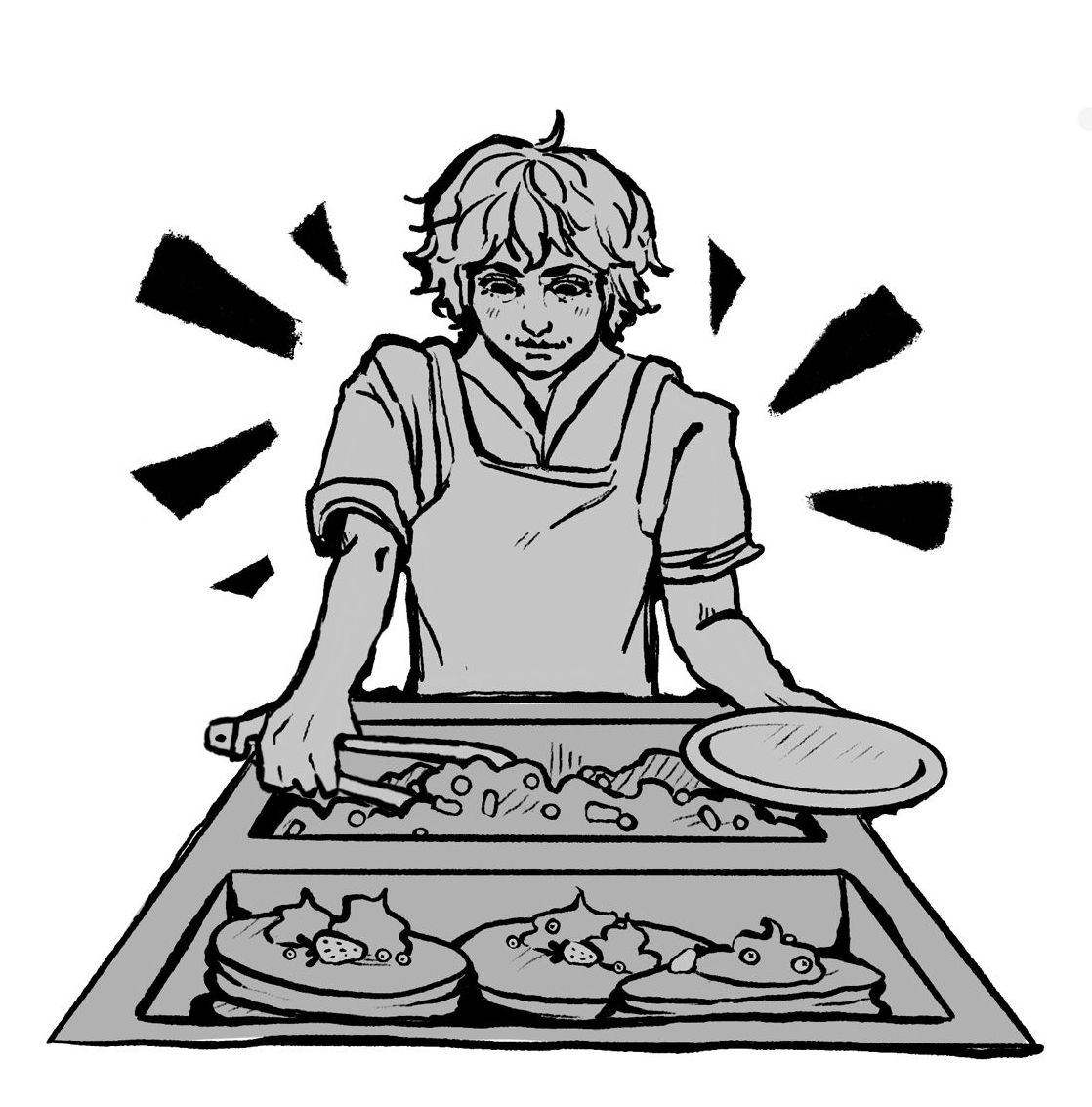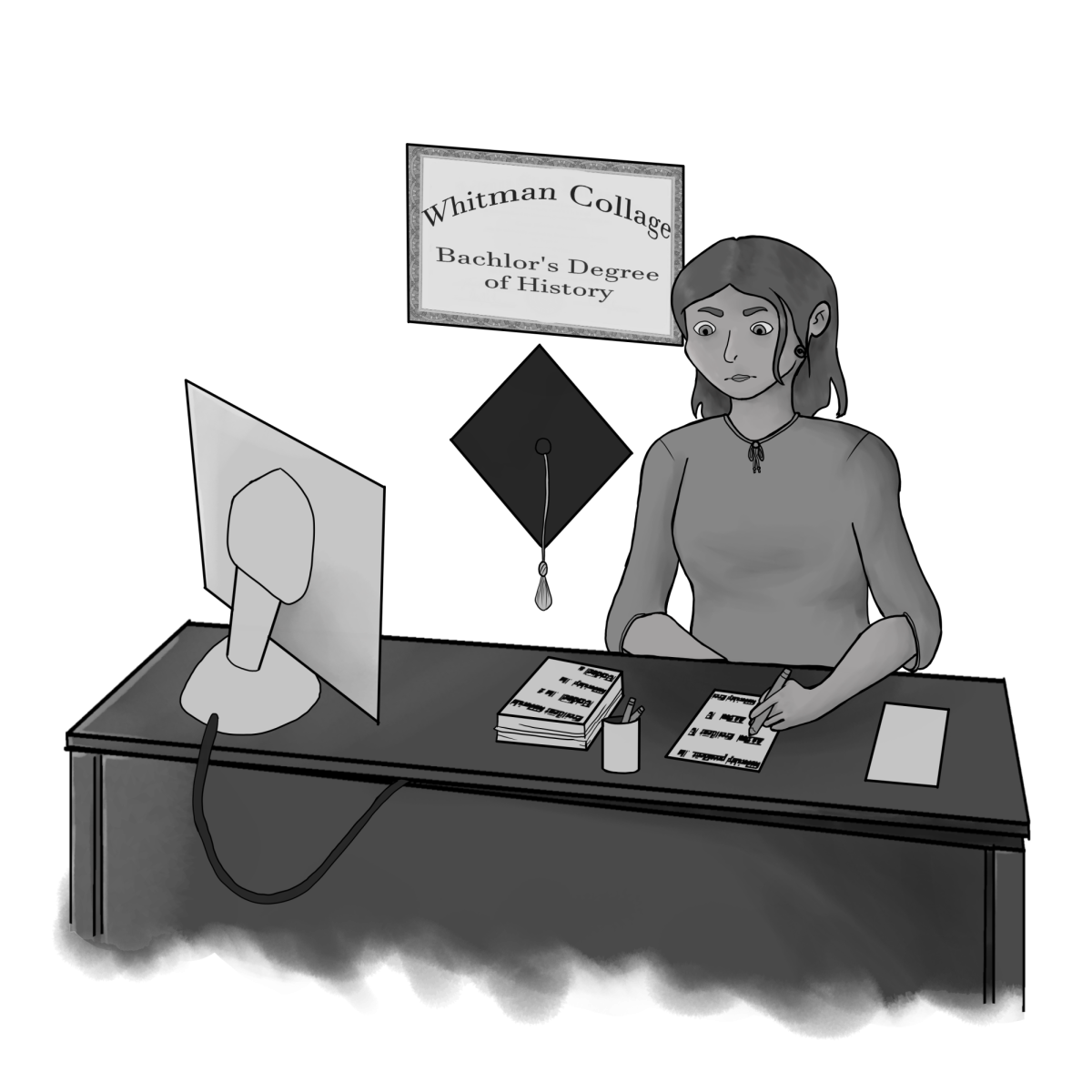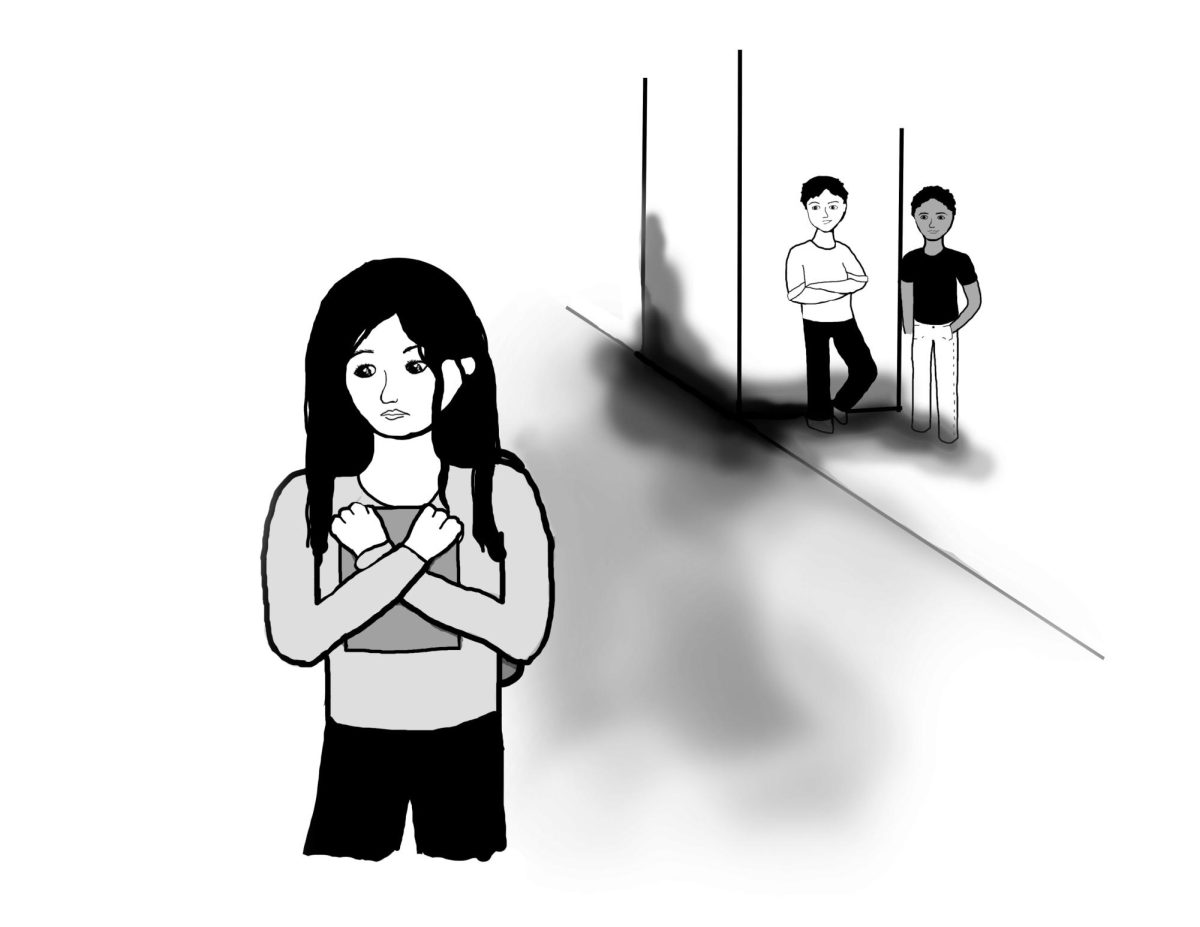This article was written by Mary Welter ’15.
I started my three-week exchange in French Polynesia with enthusiasm, excitement and an unhealthy amount of ignorance. Tahiti, and the rest of the Polynesian islands, were not given even a cursory glance in my high school history courses and had been relegated, in my mind, to that class of ridiculously photogenic, tourist-filled islands located far at sea.
On arriving in the capital city of Papeete, I was keenly aware of my unfamiliarity with the Society Islands and was determined to immerse myself in French Polynesian culture. Since I was starting from scratch, I decided to focus primarily on the two things that form the base of any culture: language and food. Thanks to years of French classes, I adjusted to speaking French on a daily basis fairly easily, but French Polynesian food turned out to be more of a curveball.
My first gastronomic adventure was oursin, a seafood specialty that my host grandmother offered me on my third night in Tahiti. Unfortunately my French vocabulary was lacking, so though I cheerfully said, “J’aimerais les gouter!” (I’d like to try them!), I had no idea what oursin might be. My host mother, sensing my utter incomprehension, told me, “They live in the sea,” which did not much narrow down the options of exactly what I would soon be putting into my mouth.

Once I saw the oursins on my plate I knew they couldn’t be fish. They looked like a pile of small, grey tongues sitting in their own slime. Thankfully, they tasted better than they looked, but their soft texture and salty flavor were still far from pleasant.
Several days later, while swimming in the ocean, my host mother pointed to a purple sea urchin studded with black spines and cried with delight, “Un oursin!” At the time, I was relieved; we had just stepped around a large colony of fat, oozing sea slugs and, in comparison, sea urchin sounded like a delicacy.
My adventures with seafood, which were inexorably paired with my regret that I did not truly absorb my beginning French food vocabulary, continued throughout my sojourn in French Polynesia. Happily, not all of them ended badly. Several foods, such as a raw tuna dish from the island of Raiatea, were downright delicious. Others were delightful in their novelty, like when my host family’s grandmother cooked us a fish the size of a large serving platter, caught four hundred meters below sea level.
One meal in particular stands out from all the rest: a lunch of two halved crayfish. Crayfish is a specialty of Raiatea, a small island to the north of Tahiti, and I was excited to try it. Little did I know that eating crayfish is like a waging a long, grueling war in an effort to conquer an infinitesimal country with no resources. All enjoyment lies in the thrill of the hunt.

First, you have to tear out the crayfish tail meat with your bare hands. To do this successfully, the spiny exoskeleton must be pried up and then torn to pieces. This is fairly tough, both on your hands and fighting spirit, but it is nothing compared to what lies ahead. To get at the meat in the chest area, you have to channel your inner berserker and tear off the crayfish’s spiny chest plate along with all of its remaining legs.
Needless to say, this is a painful and bloody task. Your fingers get cut up, your joints ache from pulling at the tough exoskeleton and the meat is still not accessible to a fork. You are forced to suck it out if you want to avoid dealing with the crayfish’s sharp spines, but sucking out the meat is a practiced skill and can be both difficult and embarrassing for novices. Crayfish juice goes everywhere, legs hit you in the face and you accidentally swallow something hard.
After that, you go after the head, which requires surgical precision paired with merciless ferocity. The coup d’état lies in breaking all of the legs and slurping out the juice and the meat. All that is left is the ravaged shell of the ill-fated crayfish.
“That crayfish put up a good fight,” I wanted to say upon finishing my meal, “but I showed him who’s boss!”
The crayfish, raw tuna and sea urchin all stay in my memory both because of the foreignness of the food and the wonderful conversation that accompanied it. To sit down for an extended dinner filled with regional specialties is, in my opinion, the best way to learn about a culture. There is always an element of the familiar in eating––it is so wonderfully human for friends and family to sit down and talk together at dinner.
The conversations that stand in my mind from my exchange in French Polynesia almost exclusively occurred towards the end of a long, relaxed meal. By that point, all the day’s worries and successes had been aired and I was free to steer the conversation in nearly any direction. My host family and I talked about everything from the strengths and weakness of French politics, to how to make homemade coconut ice cream.

Talking with my host family and the other Tahitians I met, I realized that, for the most part, their view of America stems from the television shows they watch and the groups of American tourists they see in passing. I was one of the first Americans that my host family’s grandmother had met. When I was in French Polynesia, I was truly representing my country––I became a large part of the whole that is “America” to her. That’s a sobering thought, isn’t it? Phrases like “I knew an American . . . ” or “I knew a Spaniard . . .” are common and one individual can become a whole country to someone. One season of Desperate Housewives, a few conversations with a group of tourists and two dinners with a foreign exchange student can be America’s entirety to a Tahitian. Conversely, three weeks with a Tahitian host family, a handful of memorable seafood meals and a few hundred photographs of the turquoise Pacific can be Tahiti’s entirety to an American.
However, these narrow quantifications, though satisfying in their conciseness, overlook the humor and well-meaning clumsiness inherent in any successful meeting between two cultures. To immerse oneself in another culture is to embrace everything that comes one’s way, whether it be new perspectives, different beliefs or unruly crayfish legs.











